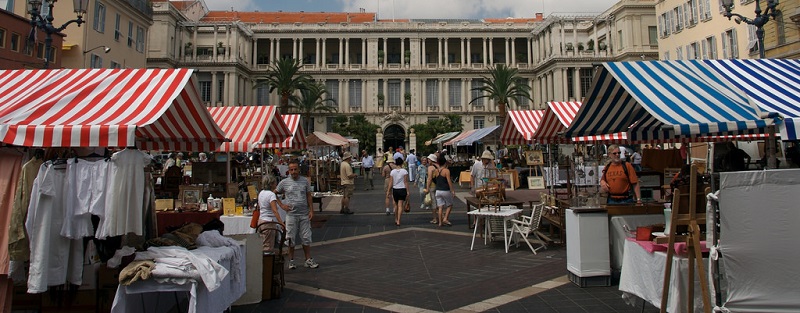Mocking up a Gamification Application

In first mock up post we came up with a concept for a gamified application and in the second mock up post we fleshed out most of the application. Let’s finish off this design with the last few components and draw out what these screens might look like.

We left off last time with a fairly well rounded final design for the application. However, to make this a little bit more complete, lets add a final few components that address the social influence, accomplishment and loss and avoidance drivers.
Social Components
To make this application more social, and provide some friendly competition as motivation, lets include an option to add friends and build groups by including a few more social components. Firstly, we are going to enable the ability to search for and find friends so the user can add them to their friends list. This friends list will allow players to communicate to each other. Let’s also allow users to join a guild style group and allow players to communicate with their guild.

Finally, throughout the application, let’s add the ability for players to announce their achievements to their friends and guild members by letting the player create a public profile. Also, to encourage players to keep up this social interaction, lets add the ability for players to trade or goods through a friends and guild marketplace.
Accomplishment
As well as the normal achievements when finishing tasks and missions, let’s also add a number of different achievements throughout the application to cover the development and accomplishment driver. We have already established a progress bar and status points, but let’s also add a number of leader boards for the players friend list as well as the players guild list. These leader boards will rank the players on a number of statistics, such as net worth, missions completed, recruits lost etc.
Additionally, let’s also add medals for soldiers based on mission events, as well as commander badges for different statistically milestones the player reaches. We can also add a number of unlocks that players can use to show off their progress.
Avoidance
Finally, the last component to finish off our design is our loss and avoidance driver. We are going to use this driver sparingly as it is a little more negative than the other drivers. Let’s implement a timer function on the tasks and missions based on the size of each. If tasks or missions aren’t complete within the timer we will implement a random negative consequence, such as equipment being lost or a soldier being injured.

Additionally, lets also add reminders to the players to keep working on tasks and missions. If the player doesn’t keep coming back to work on tasks the progress within the narrative will be lost or money/time/equipment will be lost or destroyed in negative events.
Final Words
So that wraps up the final parts of this gamified application design. I hope you enjoyed an inside look to this process. Of course this could, and might end up being, just be the beginning to an actual gamified application but that is another, quite a bit longer, journey.
